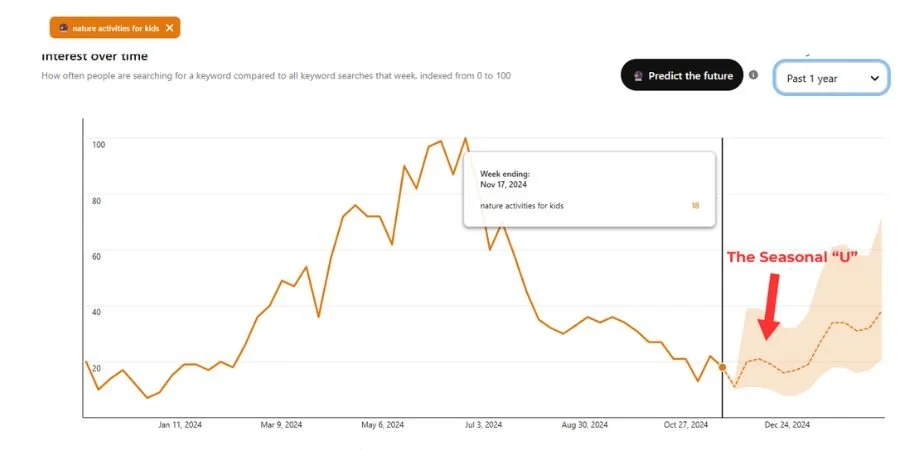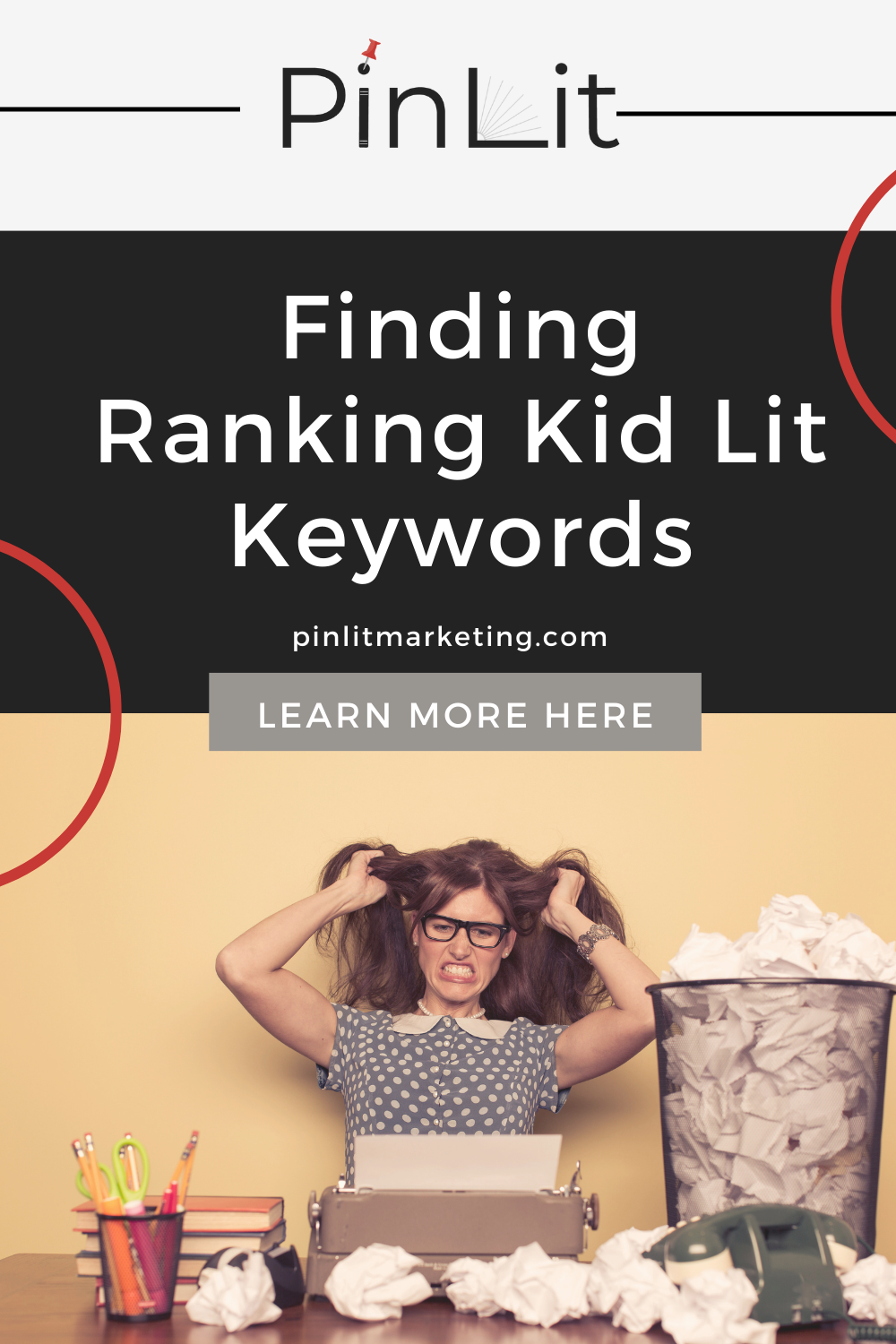Pinterest isn’t just another social media platform—it’s a search engine for inspiration and ideas. Think of it as Google with pictures. Pinterest users aren’t mindlessly scrolling; they’re actively searching and saving, looking for solutions and ideas to enrich their lives. Unlike traditional social media, where posts fade fast, Pinterest content is evergreen, growing in value over time. It’s not about who you know on the platform—it’s about what you know and how you share it.
Building a legacy on Pinterest is about so much more than crafting pretty pins and organizing solid boards. Sure, those are tools to help communicate your message, but real success comes from understanding who your audience is and what they need. In this article, we’ll explore four key elements that not only set you up for long-term success on Pinterest but also serve as a smart foundation for any kind of marketing. These are principles every savvy marketer should weave into the plot of their own unique marketing story.
Know Your Audience: The Heart of Pinterest Success
Defining Your Audience Personas: To succeed on Pinterest—or any platform, really—you need to start by knowing exactly who you’re talking to. Who are your readers, and what are they searching for? Are they parents looking for bedtime stories with heart? Teachers hunting for classroom resources? Librarians curating diverse booklists? Take the time to imagine their lives: What do they care about? What problems are they trying to solve? By defining your audience personas, you’ll gain the clarity you need to connect with them in a meaningful way.
Developing a List of Keywords: Once you’ve defined your audience, it’s time to think about the words they might type into that Pinterest search bar to find you. Keywords are the backbone of discoverability. Start with terms directly related to your books, programs, or services. For example, if you’ve written a picture book about ocean conservation, think of phrases like “kids’ books about the ocean,” “ocean-themed activities for kids,” or “teaching environmental conservation.” From there, think about related topics your audience might be interested in. This step helps you predict their search habits and position your content as the answer they’re looking for.
Creating Optimized Content: Now comes the fun part: using all this information to create Pinterest content that resonates. "Optimization" might sound intimidating, but all it really means is tailoring your boards, pins, titles, and descriptions to include those audience-specific keywords. When your pins align with what your audience is searching for, they’re more likely to be saved, clicked, and shared. But it’s not just about keywords—it’s also about creating scroll-stopping graphics and thoughtful descriptions that speak to your audience’s needs. A well-optimized pin doesn’t just look good; it works hard to make sure your content is found, saved, and loved.
Define Your Message: What Do You Stand For?
Ask the Right Questions: Before you even think about creating a pin or designing a board, take a step back and ask yourself: What do I stand for? What’s the heart of your book, program, or service? Why does it matter? Who will benefit most from it, and how will it enrich their lives? These aren’t just abstract questions—they’re your guide to creating content with purpose. For example, if your book tackles themes of resilience for teens, think about how you can communicate that to a school counselor looking for resources. Your message isn’t just “Here’s my book”—it’s “Here’s how my book can make a difference in your classroom or therapy sessions.” This clarity helps you craft pins that resonate with your audience and clearly articulate your value.
Go Beyond the Cover: It’s easy to fall into the trap of thinking your book cover or a simple product description is enough, but it’s not. Pinterest users aren’t there to buy; they’re there to discover. The purchase follows a genuine connection once they resonate with your content. You need to show them how your work meets their needs in a creative and actionable way. For instance, instead of a pin that simply says, “Check out my book on resilience,” create one that says, “5 Strategies for Helping Teens Build Resilience,” with your book as one of the featured tools. This approach shifts the focus from self-promotion to service, which builds trust and makes your content more shareable. Always remember: Pinterest is a discovery engine, and your pins need to provide value upfront to stand out.
Be Clear About the Call to Action: Every piece of content you create should include a clear call to action—a specific instruction guiding your audience on what to do next. In Pinterest terms, this could mean encouraging users to “Download this free resource,” “Visit my blog for more tips,” or “Save this pin for later.” A call to action gives your audience a reason to engage with your content and lets Pinterest know how to categorize and index your pins. The algorithm thrives on clarity, so be direct about what your content offers and what you want your audience to do. This isn’t just about clicks or saves; it’s about setting the stage for a lasting relationship with your audience—and building the legacy you want Pinterest to represent.
Tease Out Themes: Educational and Evergreen Content
What Does ‘Evergreen’ Mean and Why Does It Matter? Evergreen content is content that remains relevant and useful over time—whether it’s next week, next year, or five years down the road. On Pinterest, evergreen content is the key to building a lasting presence. Why? Because Pinterest isn’t about fleeting moments; it’s about discovery. Evergreen pins continue to generate traffic long after they’re posted, helping your audience find you when they need your content the most. To make your content evergreen, focus on themes that align with your audience’s ongoing needs and interests, like “STEM activities for kids” or “books that inspire kindness.” When your content solves a problem or provides value, it keeps working for you—day in and day out.
Discover Trends and Align Your Content: While evergreen content is timeless, aligning it with Pinterest trends can supercharge its visibility. Trends are seasonal or timely topics that gain traction on the platform, such as “Back-to-School,” “Women’s History Month,” or “Earth Day Activities.” Creating pins that tie your content to a relevant trend makes it easier for Pinterest to surface your pins to users who are actively searching for those topics. Pinterest even offers a tool called the Pinterest Trends Tool, which helps you identify what’s popular and when. For example, if you’ve written a nonfiction biography about a president, you could create pins centered around “Presidential History Month Activities.” Or if your book is science-focused, consider pins like “STEM Projects for Earth Day.” Tying into trends not only boosts your content’s reach but also positions you as someone who understands and serves your audience’s current needs.
Speak Directly to Your Audience’s Needs: To create content that resonates, be as specific as possible about what your audience is looking for. Don’t just think, “This book is about science,”—instead, think, “This book teaches kids about the water cycle through fun, hands-on experiments.” The more clearly you articulate the value of your content, the better chance you have of connecting with the right people. If your audience includes homeschool parents, create pins like “Homeschool Lesson Plans for Kids: Exploring the Solar System.” If your book is a nonfiction biography about a trailblazing woman, tie it to themes like “Women’s History Month Reading List for Classrooms.” And don’t stop there—keep a log of the terms, titles, and descriptions you use in these campaigns. Great content is always repurposable, and a well-documented strategy will save you time while keeping your messaging consistent.
The Long Game: Patience and Persistence
Set Realistic Expectations: Pinterest isn’t a platform for quick wins—it’s a long game. Unlike social media posts that fade within hours or days, Pinterest content takes time to gain traction. It might be weeks or even months before your pins are fully indexed by the Pinterest algorithm and begin appearing in search results consistently. This is normal and part of the process. Success on Pinterest requires patience, a clear strategy, and the understanding that every pin you create contributes to building a library of valuable content that can pay off for years to come.
Consistency is Key: To see real results on Pinterest, consistency is non-negotiable. Aim for a sustainable posting schedule—somewhere between 10 to 15 pins a week—and stay engaged with your platform by regularly analyzing your performance. The Pinterest Analytics Tool is your best friend here, offering key metrics like Impressions (how often your content is shown), Engagements (the total interactions your pins receive), Saves (how often users save your pins to their own boards), and Click-Throughs (how often users visit your website from a pin). These numbers provide insight into how well your content resonates with your audience and how effectively Pinterest is indexing and distributing it. Trends and performance may fluctuate throughout the year, but a steady flow of high-quality content will keep your platform active and relevant.
Leverage Analytics for Strategy: Analytics are more than just numbers—they’re a window into what’s working and what’s not. When you notice a pin or board performing well, ask yourself why. Is it tied to a trending topic? Does it feature an engaging call to action? Use these insights to craft a strategy that builds on your successes. At the same time, if certain content isn’t gaining traction, consider tweaking the pin title, description, or design. The goal is to learn and adapt. By combining your understanding of analytics with a keen eye on trends, you can refine your tactics to align more closely with what your audience is searching for—and maximize Pinterest’s ability to amplify your message.
Wrapping It All Up: Your Pinterest Journey Begins NOW!
Building a lasting presence on Pinterest doesn’t happen overnight, but the steps to get started are simple and achievable. First, know your audience—take the time to understand who they are, what they need, and how your content can meet those needs. Define your message clearly, focusing on how your work serves your audience and creates value in their lives. Tease out themes from your content that are both evergreen and aligned with Pinterest trends, making your pins relevant now and for years to come. Finally, embrace the long game—Pinterest rewards patience and persistence, so stay consistent and let your content work for you over time.
Remember, there is a place for your voice, your stories, and your expertise on Pinterest. Your audience is already there, searching for solutions and inspiration that you can provide. Start with baby steps: create one well-optimized pin, build a board around a specific theme, or use the Pinterest Trends Tool to explore what’s resonating with your audience. Every pin you create is an opportunity to connect with your readers and make a meaningful impact. So, what are you waiting for? Your readers are out there, ready to discover your content. All you need to do is take the first step—and keep going. Pinterest is ready to work for you.
















